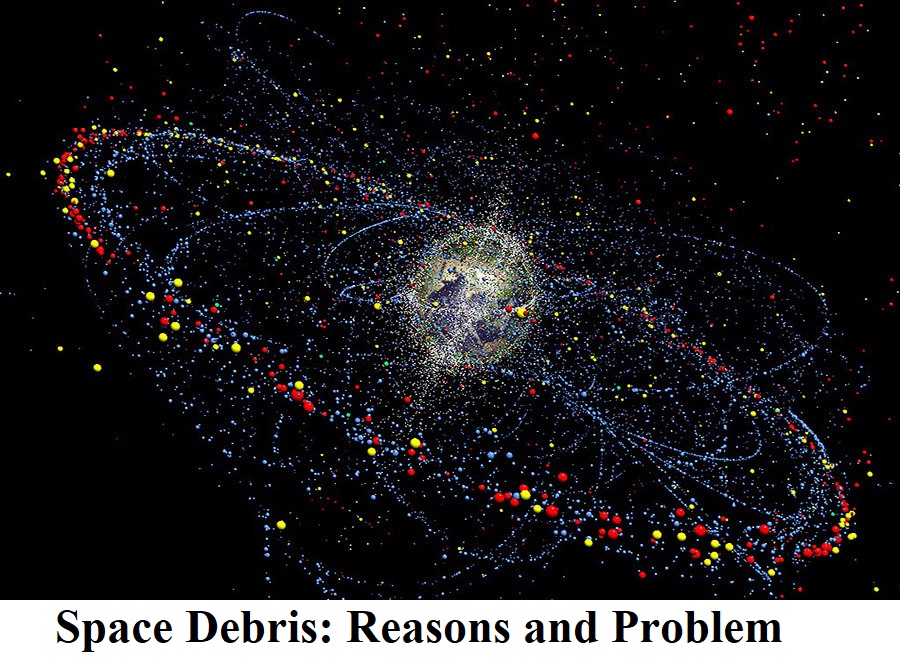
Space travel or space exploration refers to the discovery and exploration of the universe using space technologies. The physical discovery of space is done by human space flights and robotic space. In the last 70 years, many space explorations took place so that research could be done in fields such as astronomy, astrophysics, planetary science and geology, atmospheric science and theoretical physics.
What is space debris?
Debris means that some relic that has been destroyed or broken. When it comes to space debris, it refers to the natural debris found in the Solar System's celestial bodies such as asteroids, comets, and meteorites (a small rocky or metallic body in outer space). But in today's context, these fragments of fragmented space are included and the remains of old satellites and rockets are also included because these remains are also inhabited by the gravitational forces in the Earth's chamber and collide with each other and create debris. Their number is increasing day by day in space.
What is the reason for the debris in space?
Space debris not only breaks pieces of asteroids, comets, and meteorites but also pieces of old satellites, rocket fuel, paint flex, and frozen liquid cooling. In other words, it is man-made debris which are circling the earth in space and which are no longer useful.
According to the United States Space Surveillance Network, space is 10,000m (or more than 4 inches), 23,000 large, space 500,000 cm more than one centimeter and 100,000,000 space debris from one millimeter.
In fact, more than 1800 man-made satellites are circling our earth. After finishing their task, they will not all come back to Earth. Even after the interaction with the space stations located on Earth, they would be rotating the earth and going into each other will be divided into smaller pieces.
How is the debris of space dangerous to the Earth's atmosphere along with operational satellites?
The kinetic energy of the debris present in space is very high and their speed is about 8 km per second, which can cause heavy damage to the satellites and shake the entire space station or shuttle in large pieces of several centimeters. Most debris is found in geological orbit above the equator.
The threat of confrontation came into being when the operational satellite and a piece of space debris collided with a piece from the upper stage of the European Ariane Rocket on July 24, 1996, with series (French microsatellite). This collision partially damaged the series but still, it is functional. The real danger came to light when the Iridium 33 (American company Motorola-owned communications satellite) was hit by Cosmos 2251, due to which the operating satellite was completely destroyed.
Apart from the danger of operating satellites, it is also a threat to Earth's atmosphere. Since most debris is found in the geological orbit above the equator, then if the debris starts to burn after the exposure of the Earth's atmosphere and the surface of the burning earth is reduced, then how much damage can be done to the loss of life and property. Can not apply.
Equipment for tracking and measuring space debris:
To track space debris, a device called radar (a combination of radar and optical detector) has been built. Recently, NASA Orbital Debris Observatory has created a device called liquid mirror transit binoculars which can detect space debris up to 3 meters (10 feet). Recently it has been detected that with the help of FM radio waves, the debris can be detected in space.





